semi-hydro questions still remain
greentoe357
10 years ago
Related Stories
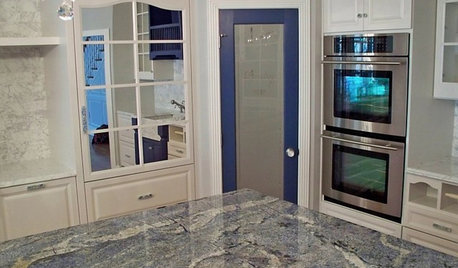
KITCHEN COUNTERTOPSKitchen Counters: Granite, Still a Go-to Surface Choice
Every slab of this natural stone is one of a kind — but there are things to watch for while you're admiring its unique beauty
Full Story
LIGHTING5 Questions to Ask for the Best Room Lighting
Get your overhead, task and accent lighting right for decorative beauty, less eyestrain and a focus exactly where you want
Full Story
SELLING YOUR HOUSE15 Questions to Ask When Interviewing a Real Estate Agent
Here’s what you should find out before selecting an agent to sell your home
Full Story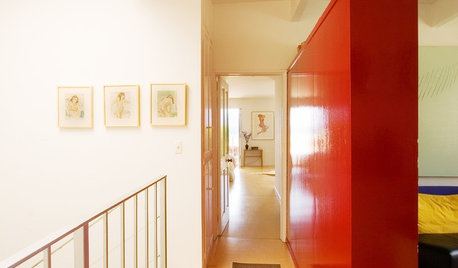
WALL TREATMENTSPick the Right Paint Finish to Fit Your Style
The question of finish may be as crucial as color. See which of these 9 varieties suits your space — and budget
Full Story
FLOORSWhat to Ask When Considering Heated Floors
These questions can help you decide if radiant floor heating is right for you — and what your options are
Full Story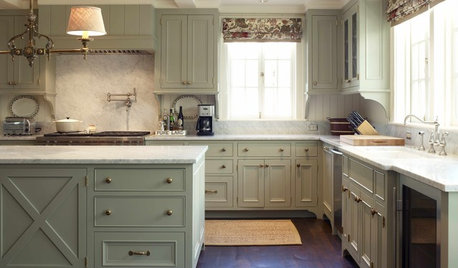
KITCHEN DESIGN9 Ways to Save on Your Kitchen Remodel
A designer shares key areas where you can economize — and still get the kitchen of your dreams
Full Story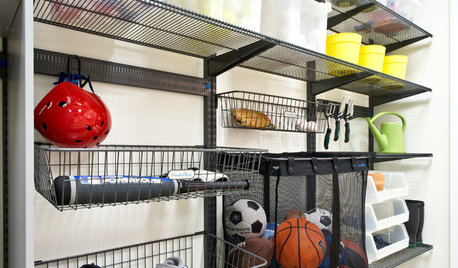
GREAT HOME PROJECTSHow to Make Your Garage a Storage Powerhouse
New project for a new year: Add shelving and containers to get your stuff off the garage floor — and still have room for the car
Full Story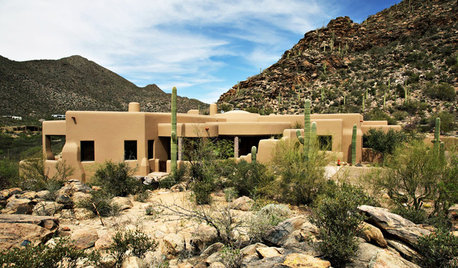
TRADITIONAL ARCHITECTURERoots of Style: Pueblo Revival Architecture Welcomes Modern Life
Centuries-old details of adobe construction still appeal in the desert Southwest, adapted to today's tastes
Full Story
COLORSpeed-Dial Color Selection to Get the Best Result
You’ve belabored your color decisions and are still stuck. Here is how to evaluate your space and make choices that are right for you
Full Story
PETSSo You Want to Get a Cat
If you're a cat lover, the joys outweigh any other issue. If you haven't lived with one yet, here are a few things to know
Full Story








dellis326 (Danny)
summersunlight
Related Professionals
Arnold Landscape Architects & Landscape Designers · Harvey Landscape Architects & Landscape Designers · Paradise Landscape Architects & Landscape Designers · Aurora Landscape Contractors · Lakeland Landscape Contractors · Anderson Landscape Contractors · Surprise Landscape Contractors · Blue Springs Landscape Contractors · Cordele Landscape Contractors · Glendale Heights Landscape Contractors · Hendersonville Landscape Contractors · Lebanon Landscape Contractors · San Rafael Landscape Contractors · Barstow Interior Designers & Decorators · Gloucester City Interior Designers & Decoratorspetrushka (7b)
dellis326 (Danny)
greentoe357Original Author
petrushka (7b)
nancy_pnwzone8
petrushka (7b)
nancy_pnwzone8
petrushka (7b)
terpguy
greentoe357Original Author
nancy_pnwzone8
greentoe357Original Author